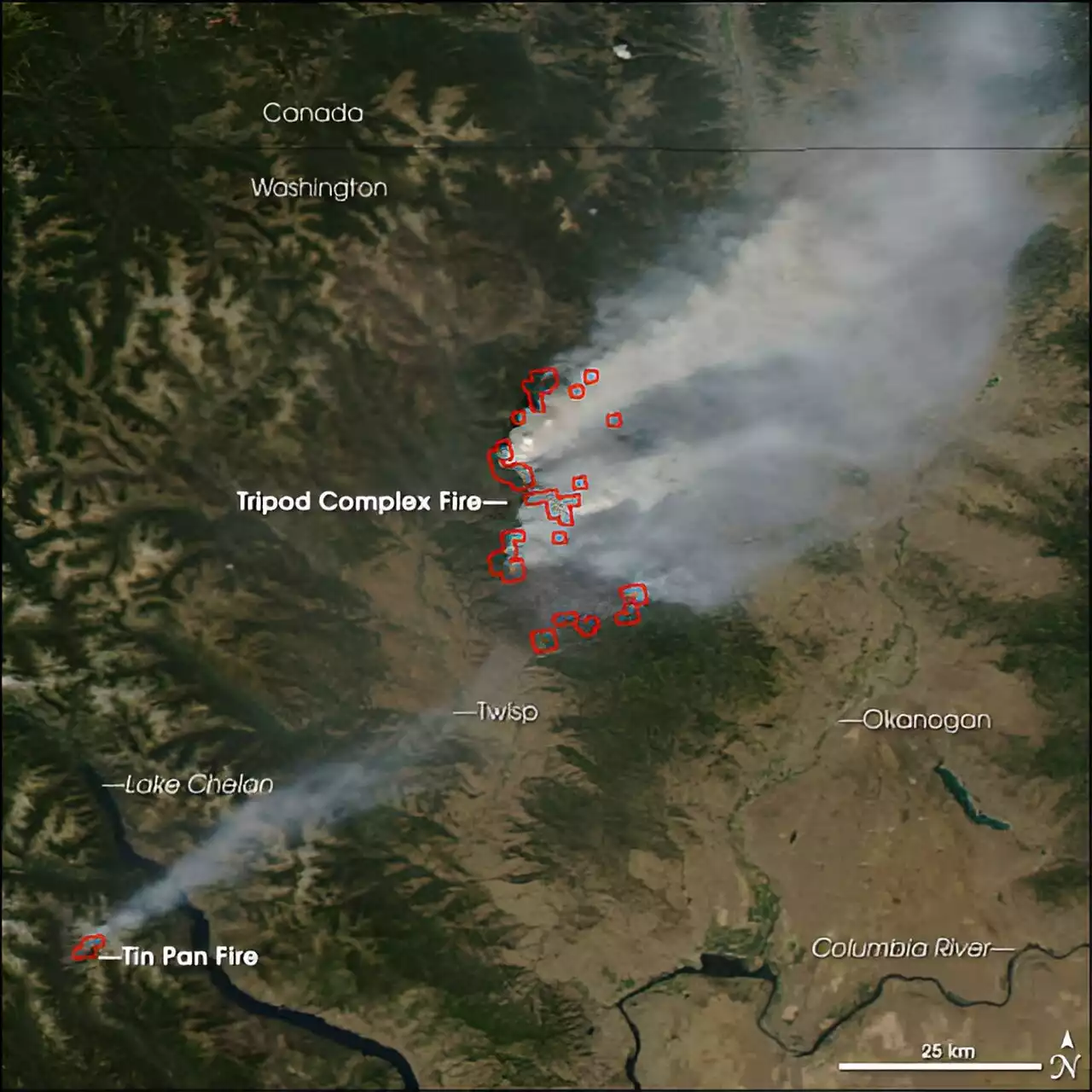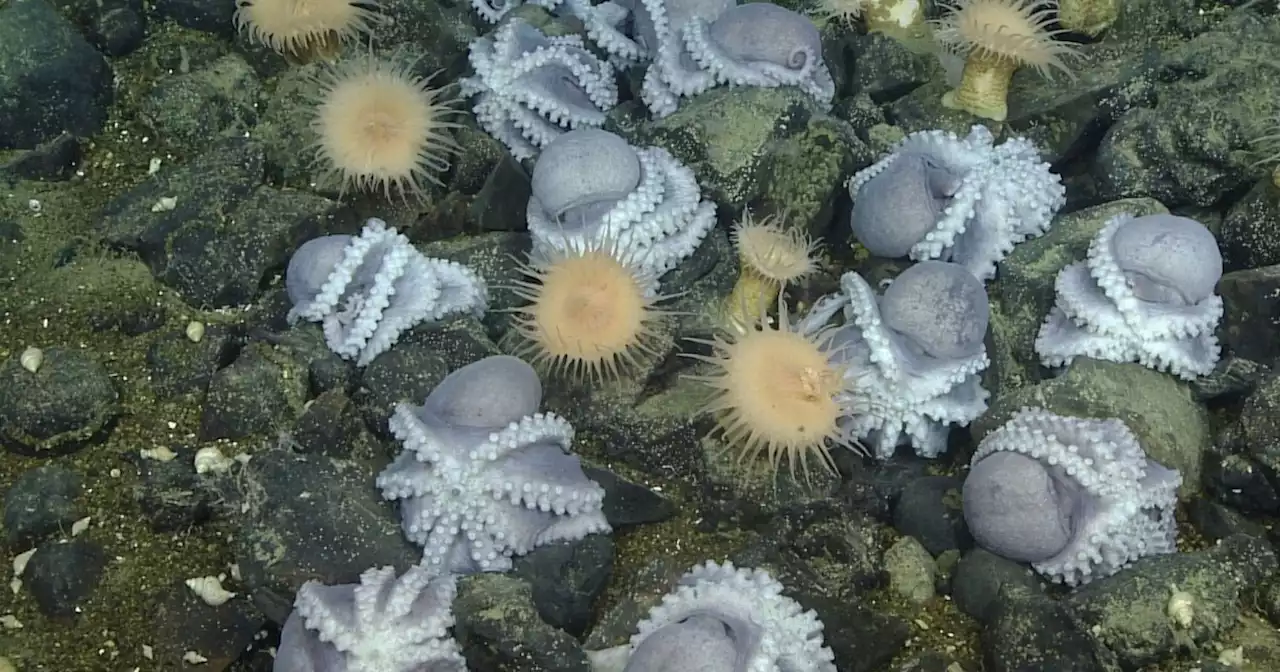Over 6,000 octopuses have been found huddling around an extinct volcano deep in the Pacific Ocean near California, and researchers now think they understand why the octopuses find it so cozy.
of the Monterey Bay Aquarium Research Institute in California, the lead researcher for this work."So it's regionally important and we still know very little about it. How many more of these are there?"Scientists found this site about five years ago, when a submersible vehicle got sent to explore some underwater hills around Davidson Seamount, a submerged mountain off the coast of central California that once was a volcano.
"It really kind of blew my mind because it is so drastically different and they're taking observations in the exact same places that we had been looking at," says, with the Center for Coastal & Ocean Mapping/Joint Hydrographic Center at the University of New Hampshire, who visited the Costa Rica site in 2014.
The researchers mapped an area the size of a few football fields in detail, installed a time-lapse camera that watched octopuses continuously, and visited individual octopus nests again and again while monitoring water temperatures with probes.A time-lapse camera developed by engineers with the Monterey Bay Aquarium Research Institute monitored the nesting octopuses in the deep for more than six months.
"The females only nest in warm sites. As far as we can tell, we could find none in cold waters," says Barry."There are plenty of nesting sites available, but they don't nest on just any bare rock. They only choose those sites where there's a nice warm pool. And in fact, if one female leaves, we found that another one will jump in there within a couple of weeks."
United States Latest News, United States Headlines
Similar News:You can also read news stories similar to this one that we have collected from other news sources.
 Researchers find 20,000-year-old refugium for orcas in the northern PacificThe northern Pacific near Japan and Russia is home for several different groups of orcas. They have no contact with each other, do not seek the same food, do not speak the same dialect, and do not mate with each other. How can this be when they live so close to each other and belong to the same species?
Researchers find 20,000-year-old refugium for orcas in the northern PacificThe northern Pacific near Japan and Russia is home for several different groups of orcas. They have no contact with each other, do not seek the same food, do not speak the same dialect, and do not mate with each other. How can this be when they live so close to each other and belong to the same species?
Read more »
 REBURN: A new tool to model wildfires in the Pacific Northwest and beyondIn 2006, the Tripod Complex Fire burned more than 175,000 acres in north-central Washington. The fire, which was within the Okanogan-Wenatchee National Forest, was more than three times the size of Seattle. Yet while considered severe at the time, even larger wildfires in 2014, 2015 and 2021 have since dwarfed Tripod.
REBURN: A new tool to model wildfires in the Pacific Northwest and beyondIn 2006, the Tripod Complex Fire burned more than 175,000 acres in north-central Washington. The fire, which was within the Okanogan-Wenatchee National Forest, was more than three times the size of Seattle. Yet while considered severe at the time, even larger wildfires in 2014, 2015 and 2021 have since dwarfed Tripod.
Read more »
 Exploring Seasonality in Wall Street, Europe, and Asia-Pacific Stock MarketsHave you ever wondered whether certain months are better or worse for stock markets? While we can identify meaningful seasonality, by itself, it is a poor predictor of past performance.
Exploring Seasonality in Wall Street, Europe, and Asia-Pacific Stock MarketsHave you ever wondered whether certain months are better or worse for stock markets? While we can identify meaningful seasonality, by itself, it is a poor predictor of past performance.
Read more »
 Japan to Release Water From Fukushima Nuclear Plant Into Pacific This WeekNeighbors such as China protest the decision, which got the green light from a U.N. nuclear agency.
Japan to Release Water From Fukushima Nuclear Plant Into Pacific This WeekNeighbors such as China protest the decision, which got the green light from a U.N. nuclear agency.
Read more »
